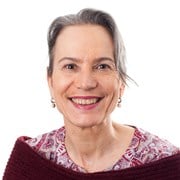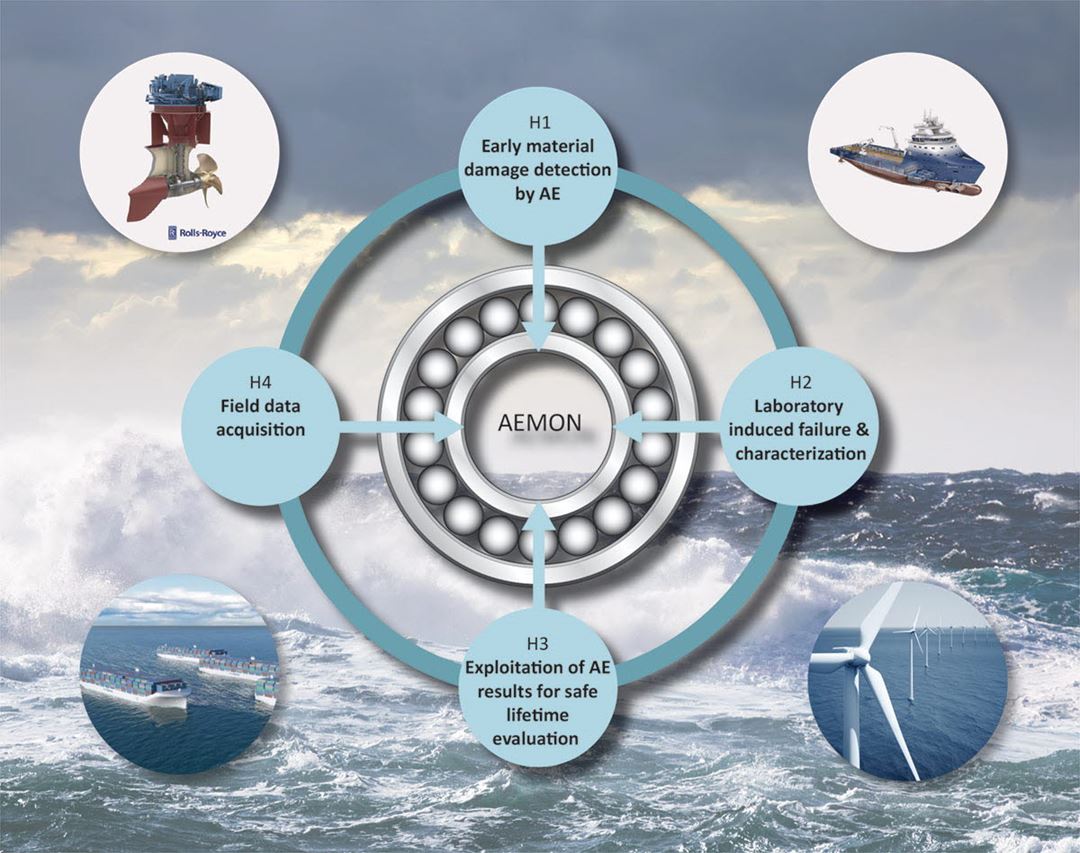The current vibration-based condition monitoring systems for rotating machinery responds on the detectable vibrations caused by severe material failure such as large cracks or surface defects, and thus have limited sensitivity and capability for detecting sub surface failures and pre-failure damage. Therefore, when damage is detected, total failure is often imminent, leaving little or no time for adjusting the operating parameters to avoid further damage.
The AEMON project will therefore develop a novel condition monitoring system by the application of Acoustic Emission for detection of damage prior to what can be detected by vibration monitoring. AEMON will also seek to combine vibration and AE signals to map the whole degradation curve and use this to estimate the remaining useful lifetime of a component.
The industry partners Kongsberg Maritime, Kongsberg Maritime CM, Equinor Energy and Island Offshore represent manufacturer of propulsion systems, condition monitoring systems and the end users of both. Together with SINTEF and NTNU, the partners will perform research on AE failure monitoring in the lab and in the field, signal processing, materials characterization and development of the CM system.
The project will cooperate internationally with universities in England and Russia and the UK based engineering company Ricardo and the German bearing producer Schäffler.

The project is funded by the Research Council of Norway under the MAROFF-2 programme

